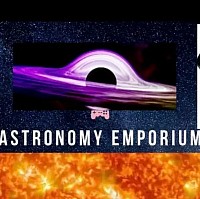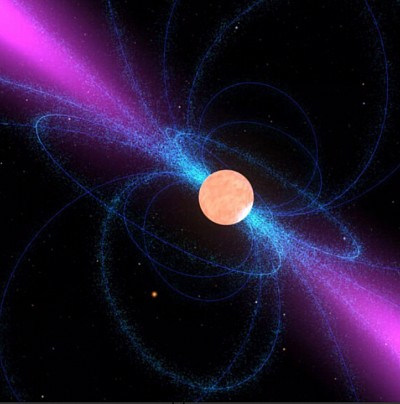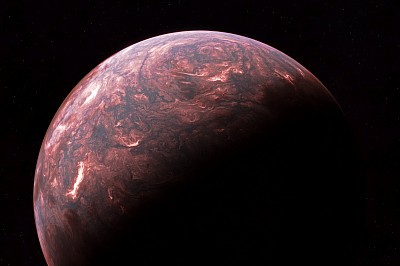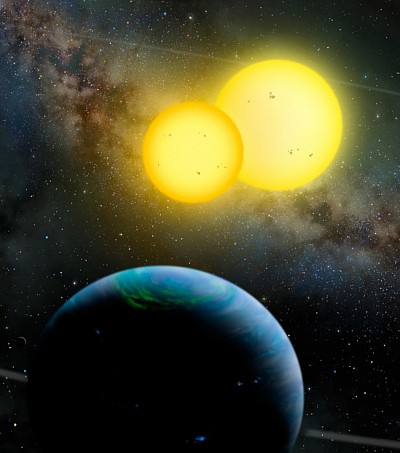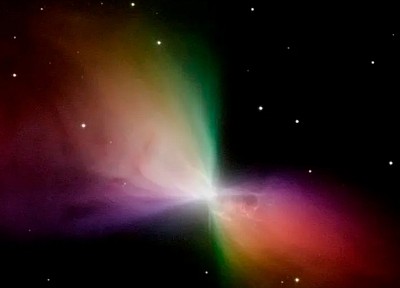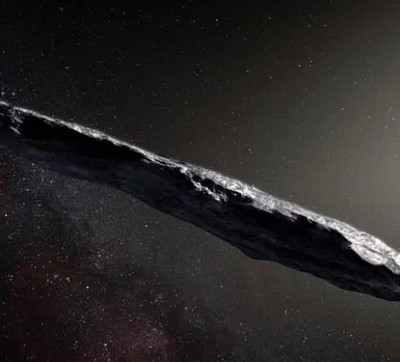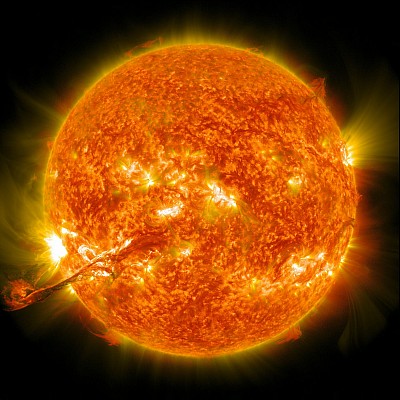Discover the Universe - One Star at a time,
Solar Variability: The Sun’s activity follows an approximately 11-year cycle, marked by changes in the number of sunspots, solar flares, and solar radiation.
Lee Shephard
